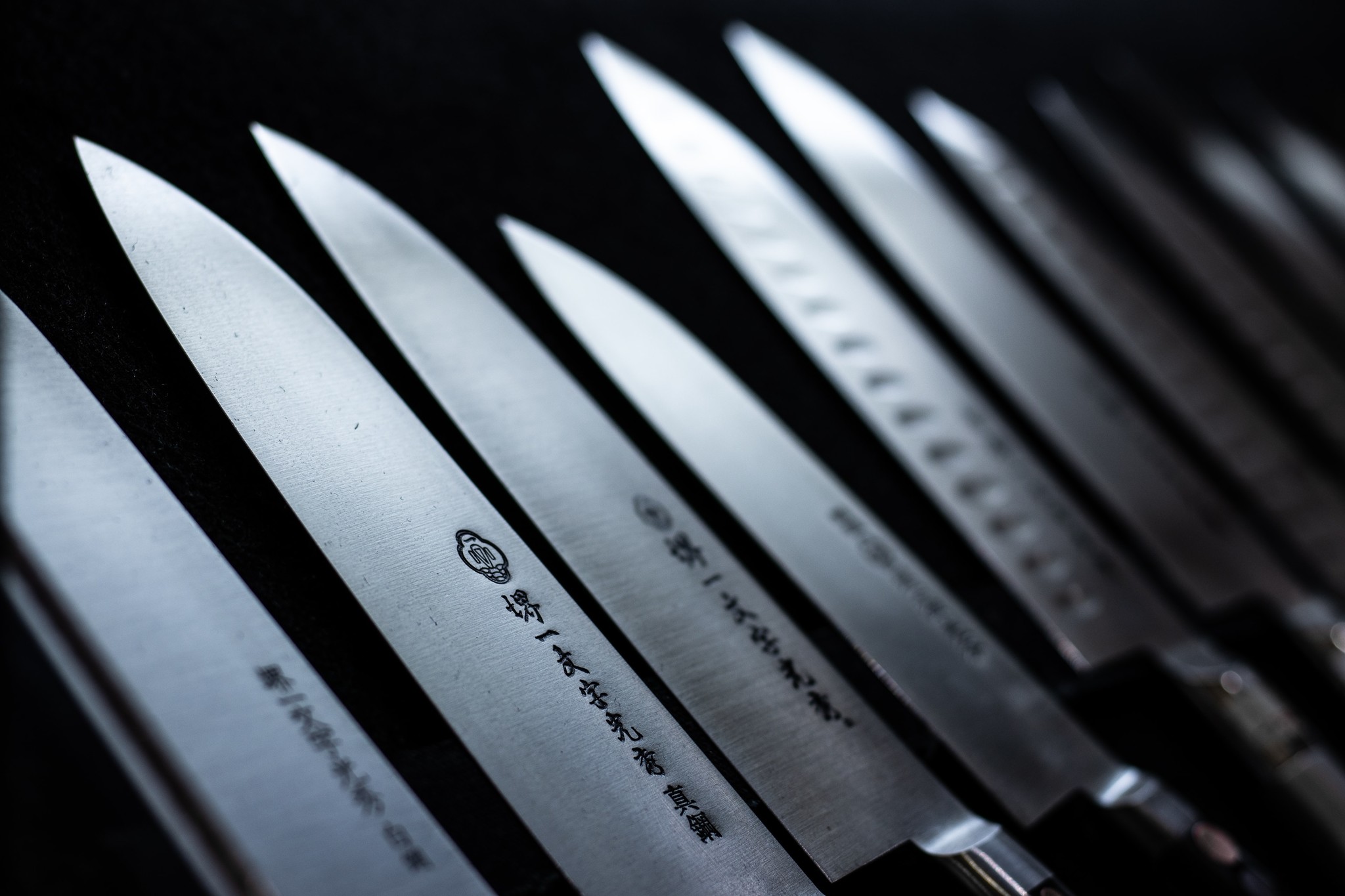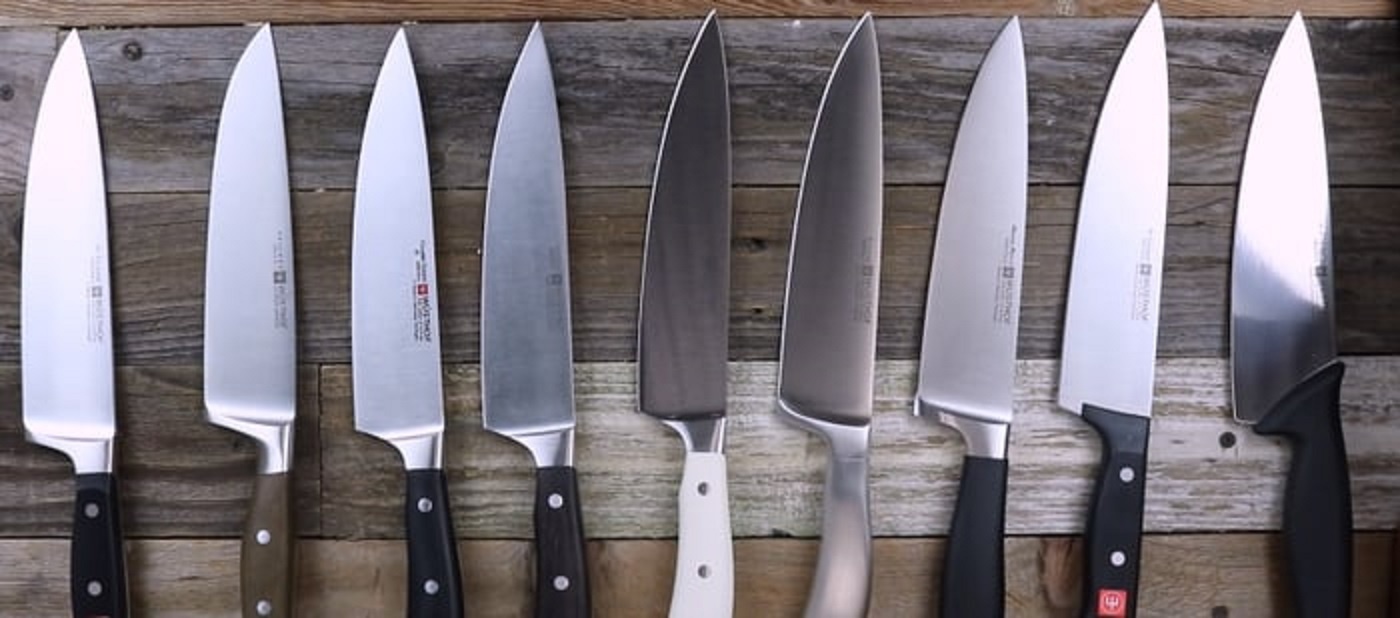Cart
You have no items in your shopping cart

We are regularly asked what the difference is between knives from Germany and Japan. We are happy to explain it to you!
When it comes to kitchen knives, two types that are considered to be among the best in the world are German and Japanese knives. Both types of kitchen knives are known for their high quality, durability, and sharpness, but there are also some key differences between them. In this blog post, we will take a look at the main differences between German and Japanese kitchen knives and help you understand which type of kitchen knife is best for your needs.
One of the main differences between German and Japanese kitchen knives is the way they are designed. German kitchen knives are typically designed with a more curved blade, which makes them ideal for rocking and chopping motions. The handle is usually made of a durable, synthetic material and is designed to provide a comfortable and secure grip. German kitchen knives are also known for their thick and sturdy blades, which provide them with excellent durability and strength.
On the other hand, Japanese kitchen knives are typically designed with a straighter, more pointed blade. This design is ideal for slicing and chopping motions and is perfect for cutting through delicate ingredients like fish and vegetables. Japanese kitchen knives are also known for their lightweight and thin blades, which make them easy to maneuver and control. The handle is usually made of wood or a similar natural material and is designed to provide a comfortable and secure grip.
Another key difference between German and Japanese kitchen knives is the type of steel used to make them. German kitchen knives are typically made from a type of steel called high-carbon stainless steel. This type of steel is known for its excellent strength and durability, but it can be more difficult to sharpen and maintain than other types of steel.
Japanese kitchen knives, on the other hand, are typically made from a type of steel called high-carbon steel. This type of steel is known for its excellent sharpness and edge retention, but it is also more prone to rust and staining than other types of steel.
The way of sharpening also differs between German and Japanese kitchen knives. German kitchen knives are typically sharpened at a steeper angle, which gives them a more durable edge but can make them more difficult to sharpen and maintain. Japanese kitchen knives are typically sharpened at a shallower angle, which gives them a sharper edge but can make them more prone to chipping and dulling over time.
When it comes to choosing between German and Japanese kitchen knives, it comes down to personal preference and the specific needs of the user. German kitchen knives are ideal for those who are looking for a durable and sturdy knife that is perfect for chopping and rocking motions. Japanese kitchen knives are ideal for those who are looking for a lightweight and sharp knife that is perfect for slicing and chopping motions.
In conclusion, German and Japanese kitchen knives are two of the most popular types of kitchen knives in the world. They are known for their high quality, durability, and sharpness. German kitchen knives are typically designed with a more curved blade, are made from high-carbon stainless steel and are perfect for rocking and chopping motions. Japanese kitchen knives, on the other hand, are designed with a straighter, more pointed blade, are made from high-carbon steel and are perfect for slicing and chopping motions. The choice between the two ultimately comes down to personal preference and the specific needs of the user.
The Difference Between German and Japanese Kitchen knives, german kitchen knives, german chef knives, japanese kitchen knives, Japanese chef knives
